
IT WAS MEANT to be another boys' trip, the latest in a tradition that stretched back more than two decades. Every other year, the old friends-Jim Farrington, 49, an electrical lineman in Alden, Michigan; Sean Royston, 47, an electrical grid systems manager in Cottage Grove, Wisconsin; and Tolan Annis, 53, the co-owner of a craft distillery in Grand Ledge, Michigan-had kissed their wives goodbye and headed out on an expedition. This time they decided to kayak Lake Superior's Pictured Rocks National Lakeshore, a challenging out-and-back route.
On the morning of September 13, 2016, they loaded up on food and camping gear, donned waterproof paddling pants and quick-dry T-shirts, and zipped up their life jackets. The forecast called for winds building to ten knots and seas rising to one to three feet by early afternoon, then stronger winds overnight. The friends were undeterred. They climbed into their 14- to 16-foot-long sea kayaks and, at about 10:30, pushed off from the beach at Sand Point, less than 100 yards from the park headquarters. They planned to return in a week.
The trio punched out through small waves and headed northeast. Soon the national lakeshore's trademark cliffs began to rise on their right. Their next chance to get out of their kayaks would be some five miles ahead, beyond a tourist overlook called Miners Castle Point.
Away from the shore, the headwind grew to the forecasted ten knots and kept rising. The waves grew to four feet. Still, they never considered turning around. They'd already traveled around four miles and they had kayaked in worse conditions.
They'd been paddling maybe 90 minutes when, suddenly, the waves grew to six feet and steepened. The wind rose to 20 knots. “When it went bad, it went bad fast,” says Annis, who was in the lead, about 60 feet ahead of Farrington. Royston trailed another 40 or 50 feet behind Farrington.
Royston was the first to go overboard.
Denne historien er fra June 2022-utgaven av Reader's Digest US.
Start din 7-dagers gratis prøveperiode på Magzter GOLD for å få tilgang til tusenvis av utvalgte premiumhistorier og 9000+ magasiner og aviser.
Allerede abonnent ? Logg på
Denne historien er fra June 2022-utgaven av Reader's Digest US.
Start din 7-dagers gratis prøveperiode på Magzter GOLD for å få tilgang til tusenvis av utvalgte premiumhistorier og 9000+ magasiner og aviser.
Allerede abonnent? Logg på
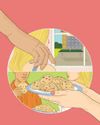
Cookies for Forgiveness
My blowup was half-baked. The apology wasn't
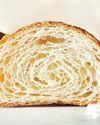
Puff the Magic Pastry
It always rises to the occasion
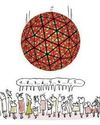
New Year's Traditions Around the World
1 MOST OF US spend the final seconds of each calendar year watching a nearly 12,000-pound geodesic sphere descend over Times Square in New York City.
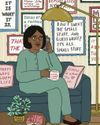
Mom's Wall-Sign Wisdom
She never met a plaque or bumper sticker she didn't quote
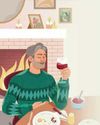
Protect Your 'Holiday Heart'
This joyful time of year can also be dangerously stressful
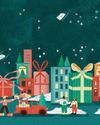
Heroes of the Holidays
It's not just Santa Claus bringing the holiday magic this season. As you'll see, he's got elves all over.
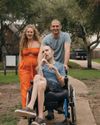
The Man Who Looks After His Wife's Ex
For him and his bride, \"in sickness and in health\" meant something really special
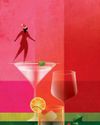
How Risky Are Those Holiday Cocktails, Really?
The latest recommendations about drinking and your health

HOW ONE KENTUCKY TOWN SAVED ITSELF
Downtown Hazard had lost its small-town mojo to drugs. Former addicts are helping to bring it back.
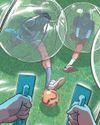
Dream It, Do It, Done!
Your bucket-list goals, accomplished